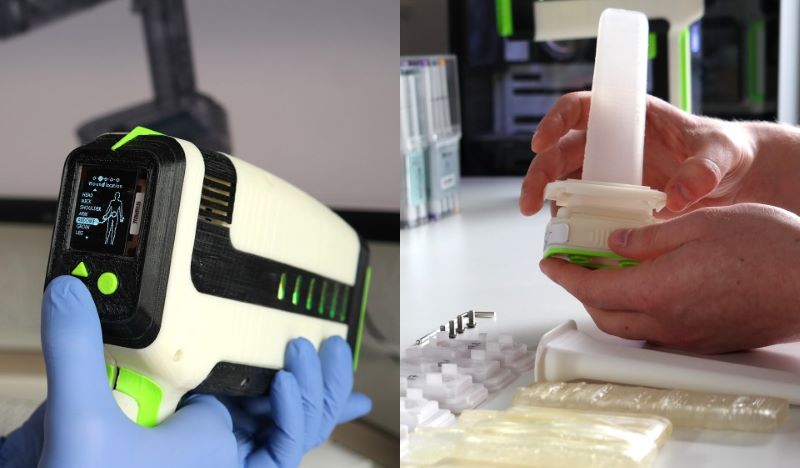
A student at Loughborough University in the UK has developed a device that quickly stops bleeding from knife stab wounds and could potentially save lives.
Final year Product Design and Technology student Joseph Bentley created a novel approach called ‘rapid emergency actuated tamponade’ (REACT), which could potentially be used by first responding police officers before an ambulance arrives.
The university noted that a stabbing victim can bleed to death within five minutes, so the first responder’s priority is to regulate bleeding from the wound.
If emergency personnel could promptly deliver bleed prevention treatment, it would boost the survival chances of victims.
REACT adopts the principle that applying internal pressure is important for addressing stab wounds.
It comes with two parts, a medical-grade silicone sleeve called tamponade and a handheld device known as an actuator.
How well do you really know your competitors?
Access the most comprehensive Company Profiles on the market, powered by GlobalData. Save hours of research. Gain competitive edge.

Thank you!
Your download email will arrive shortly
Not ready to buy yet? Download a free sample
We are confident about the unique quality of our Company Profiles. However, we want you to make the most beneficial decision for your business, so we offer a free sample that you can download by submitting the below form
By GlobalDataThe tamponade must first be inserted into the wound and then connected to the actuator through a valve.
Depending on the wound location, the actuator would inflate to a specific pressure to prevent internal bleeding.
Presently, the semi-functional prototype, which was 3D-printed by Bentley, is intended for junctional wounds and those in the abdomen, an area which is considered to be difficult to treat.
Bentley said: “The simple application and automated inflation procedure of the REACT system makes it a game-changer for first responders.
“The tamponade can be in place and stopping a haemorrhage in under a minute, saving hundreds of lives a year, and as the tamponade is suitable for large cavities like the abdomen, it is also easier and faster to remove than current methods used to stop bleeding, giving the patient the best chance in reconstructive surgery.”
The device will be developed to be internally powered by battery as well as treat other wound locations on the body in the future.







